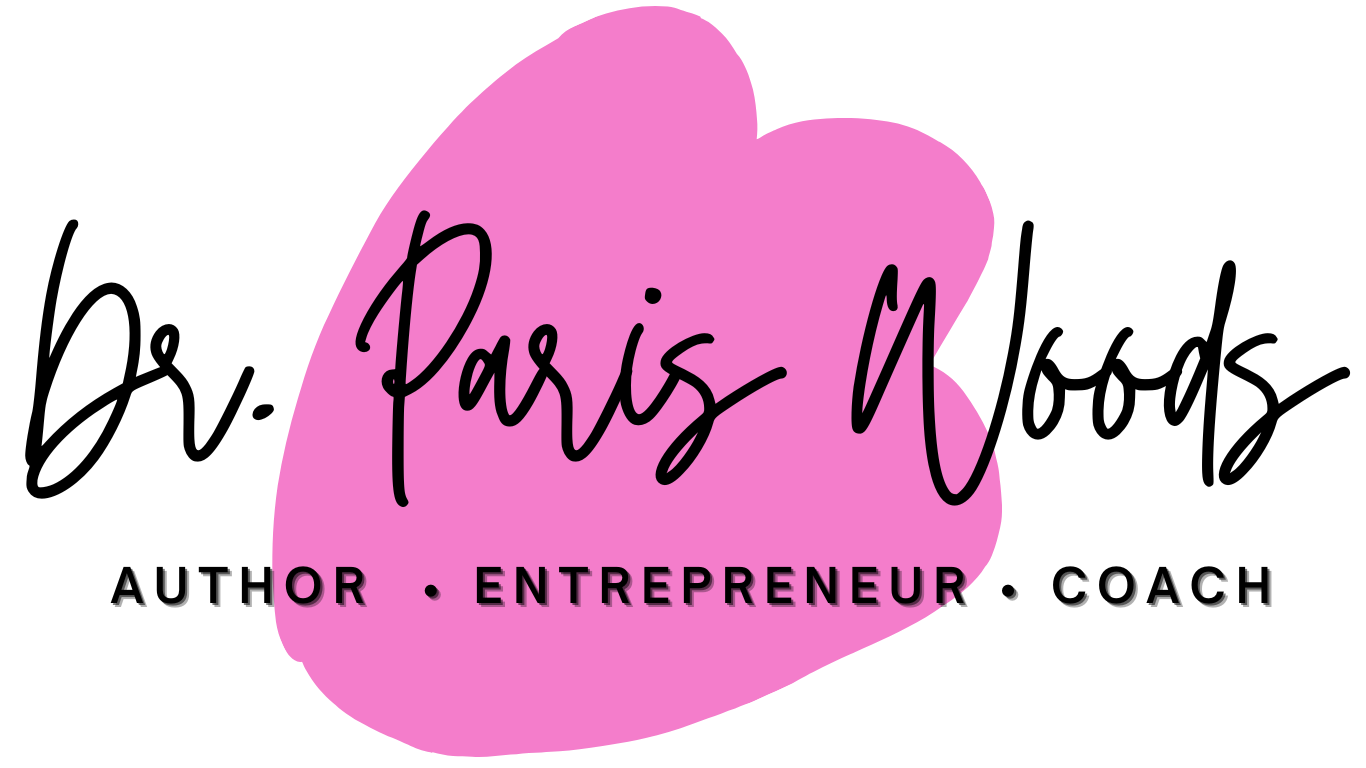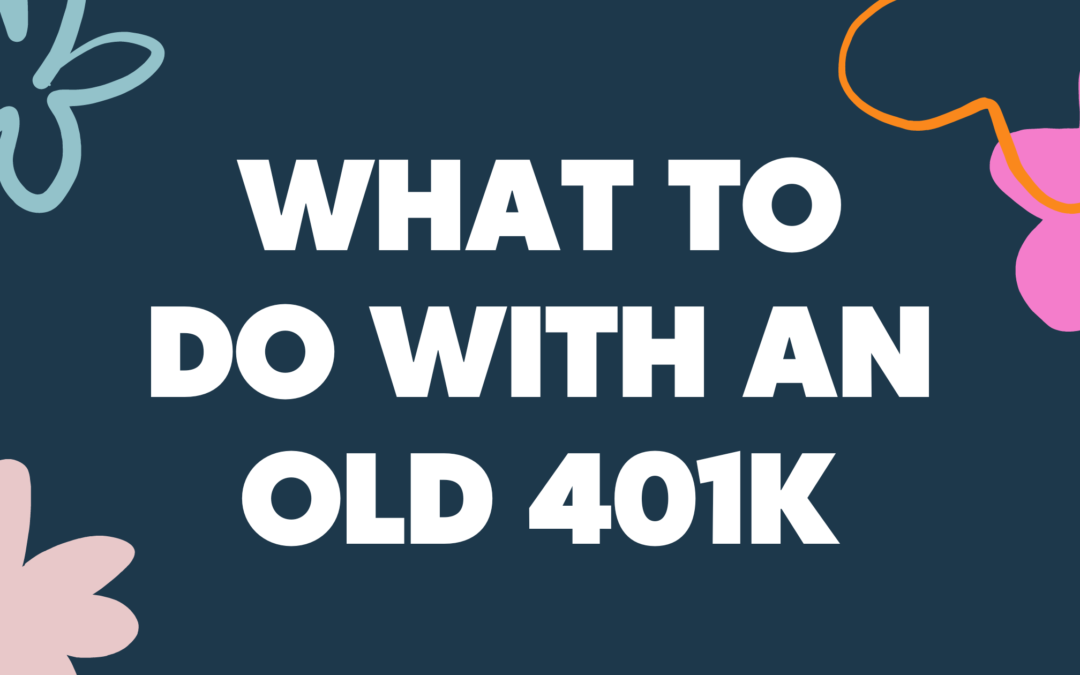Do you have an old 401(k) sitting around? Let’s talk about the most common mistake to avoid and what you should be doing with that money.
The other day a woman asked me how to roll her old 401(k) into a new 401(k). She was trying to be responsible with her money. Good idea, but wrong strategy. Today let’s talk about what I told her to do instead and why.
What’s a 401(k)?
First let’s talk about what a 401(k) is. A 401(k) is a retirement account that is offered by your employer. Typically, for-profit companies offer 401(k)s and non-profit companies offer 403(b)s. These two retirement accounts work essentially the same; the numbers and letters just stand for the IRS code that describes the rules for these accounts.
In this post I’m going to be using the term 401(k) as a general term to refer to whatever retirement account your employer offers.
Here’s how a 401(k) works. You put money into a 401(k) “pre-tax.” That means that you don’t pay any taxes on the money that you invest in your 401(k) until you withdraw that money in retirement. The tax structure of a 401(k) is important to remember.
Now what happens to a 401(k) when you leave your job? The money remains in that account until you move it. Many of us have old 401(k)s that are still sitting with our former employer.
Should you move that money? YES. Today we’re going to talk about how to move it and where you should move it to.
What’s an IRA?
I want you to move your old 401(k) into something called an IRA. “IRA” stands for “Individual Retirement Account.” This is an account that you own and that you get to open at the firm of your choice.
Here’s what’s important to know about an IRA. The tax structure is similar to a 401(k). It’s pre-tax money that you pay taxes on when you take it out in retirement. This is important because you can roll a 401(k) into an IRA without paying any fees because both accounts have the same tax structure. Are you following me?
Here’s how to open an IRA. First you need to pick a brokerage firm. A brokerage firm is just a firm that offers investment accounts. I recommend choosing Vanguard, Fidelity, or Schwab. When you open your IRA, you will tell them that you want to roll over your old 401(k) to fund the account.
Now you may be asking why not just roll my old 401(k) into my new 401(k) at my current employer? Let’s talk about the limitations of the 401(k). First of all, your company chooses the brokerage firm, not you, and investment options are limited. So you have less control over how your money is invested.
This is why I recommend investing in your company plan up to the match, and then putting your money into a different type of account (which I will talk about in another post). But for today, the important thing to know is that given the limitations of a 401(k), you absolutely should not be rolling your old 401(k) into the new one. That is the wrong strategy.
Choosing Investments
Instead, you’re going to put that money into your own IRA. When you roll the money into the IRA you get to choose what you’re going to invest that money in. I think that index funds are the best type of investment for lots of reasons, including lower fees and more predictable returns.
So you’ll take your money, you’ll put it into an IRA, and you’ll invest it in a total stock market index fund. And you’re done! That’s it.
Okay, so let’s recap. A 401(k) is a retirement account that is offered by your employer. You invest money pre-tax, which means you don’t pay any taxes on the money in the account until you start withdrawing it in retirement.
When you leave an employer, you should roll that old 401(k) into an IRA. You can open your own IRA (Individual Retirement Account) at the brokerage firm of your choice. Vanguard, Fidelity, and Schwab are three good ones. And then invest your money in a total stock market index fund.
Then with your new employer, I want you to invest up to the company match regardless of what else you’ve got going on with your finances. The match is free money that I want you to get every single time. If you’re wondering what to do after that, subscribe for more!

